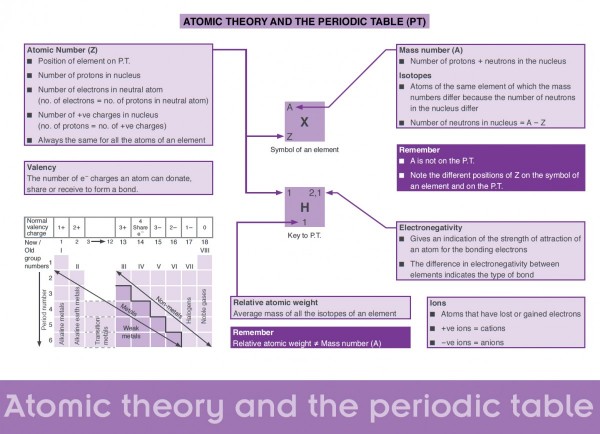Struggling with your prescribed literature?
Our Literature Study Guides provide insights and analysis of themes and characters and includes guidelines for writing your exam.
John Bransby is a former principal and examiner and is currently a Maths and Science Educational consultant
A mind map is a diagram that visually maps out, summarises or organises information. For many people, using mind maps helps them to remember information more easily.
How to make a mind map
1. Start your mind map by writing or drawing a word or picture in the centre of the page. This word of picture should represent your main idea and for the section or chapter.
2. Draw branches extending from your central image and write a key word or draw a picture to represent your main topics (or major points) on these branches.
3. From your main topics, draw further branches for your sub-topics drawing and/or writing key words down as you go.
4. From your sub-topics, branch off with more detail that supports your sub-topics with more key words and drawings.
5. Continue to add more detail, more topics more sub-topics until you have completely summarised the section or chapter on the page.
Using drawings, key words and various colours will also make it easier and more interesting when preparing for exams.
Why make mind maps?
Follow this link to a video on how to make mind maps – it may be the answer for you!
http://www.youtube.com/watch?v=gRzmKQ-OEKY

We know that Maths can be a difficult subject to wrap your head around but X-kit Achieve is here...
In order to analyse or discuss a novel, it is useful to divide the discussion into categories....
Imagining what job your future self will enjoy doing for many years is difficult, especially as...
Here is a list of ten good habits to help you start your new school year on the right foot....
No one has to tell you that...
